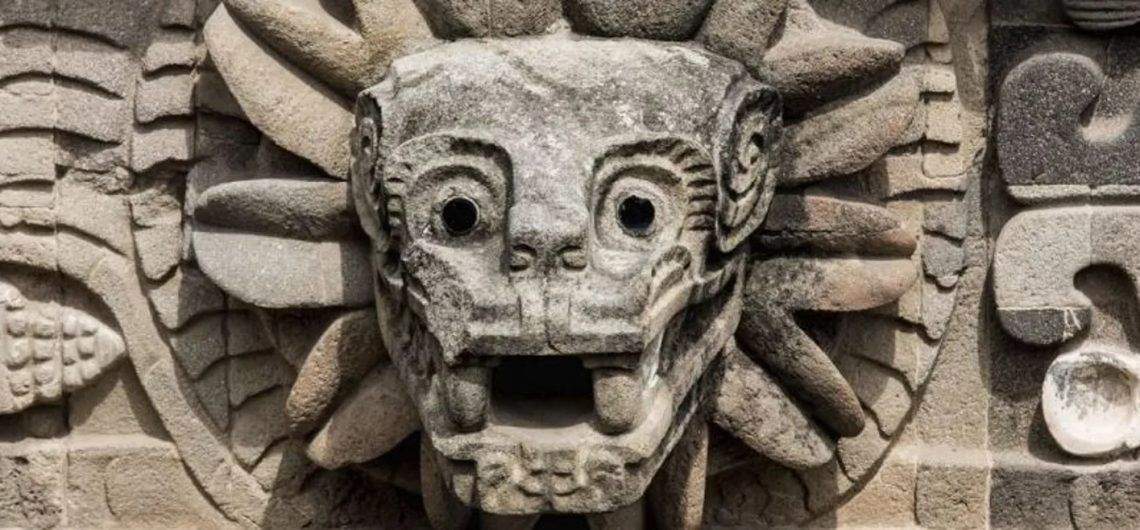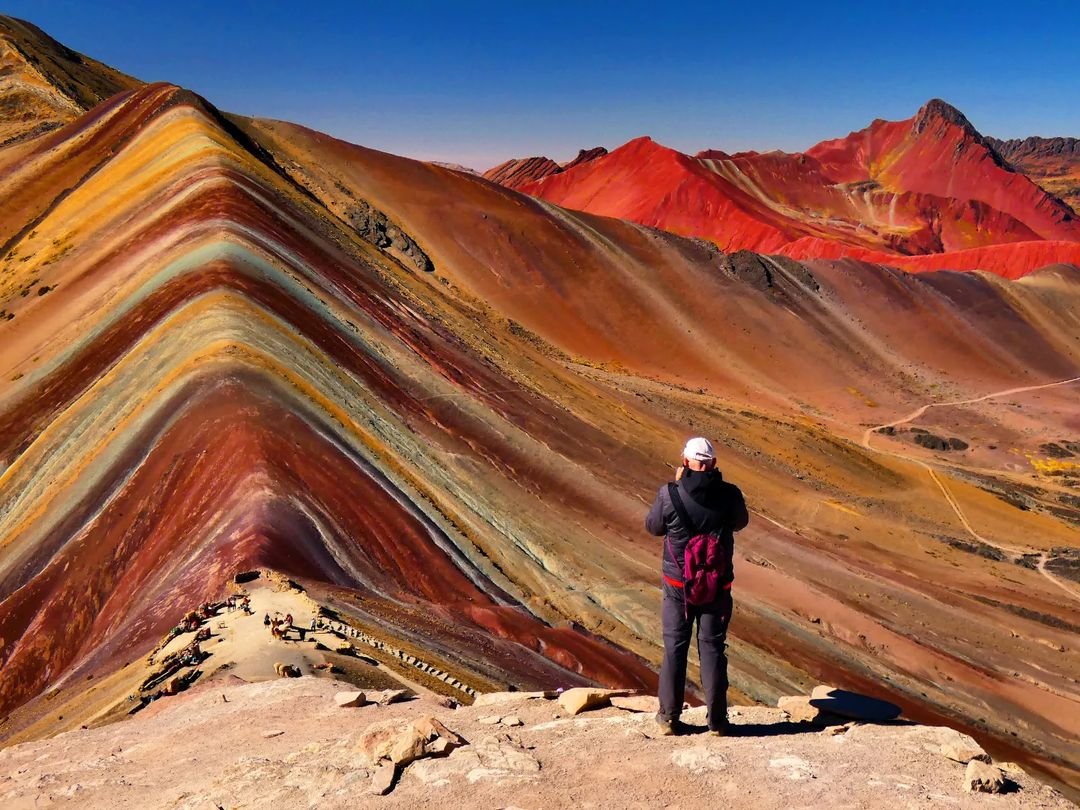Chichen Itza Cenote
Chichén Itzá is an ancient Maya city located in the Yucatán Peninsula, Mexico. Founded around the 6th century AD, it was an important political, economic, and religious center. The city reached its peak between the 9th and 12th centuries, combining Maya and Toltec influences. Among its most prominent monuments is the Kukulkan Pyramid, also known as El Castillo, famous for its astronomical alignment and role in religious ceremonies. Chichén Itzá is considered one of the New Seven Wonders of the World and a UNESCO World Heritage Site.
History
The Pyramid of Kukulkan, also known as El Castillo, is an iconic structure in Chichén Itzá, built between the 9th and 12th centuries AD by the Maya. Dedicated to Kukulkan, the feathered serpent god, the pyramid has a square base and rises 30 meters in height. Its design reflects the solar calendar, with 365 steps representing the days of the year. During the equinoxes, the sunlight creates the illusion of a descending serpent along its northern staircase. This astronomical phenomenon, known as “the descent of the feathered serpent,” attracts thousands of visitors each year.

How tall is it and how many steps does it have?
The Pyramid of Kukulkan has a total of 365 steps. Each of the four staircases has 91 steps, and when the top platform is included, it totals 365 steps, representing the days of the solar year.
What’s inside the pyramid?
Inside the Pyramid of Kukulkan in Chichén Itzá, there is a smaller pyramid and a jaguar throne. The inner pyramid, built in an earlier stage, contains a throne in the shape of a jaguar, painted in red and adorned with jade. A subterranean cenote has also been discovered beneath the pyramid, highlighting the importance of water for the Maya.
How was the pyramid built and what was it built for?
The Pyramid of Kukulkan in Chichén Itzá was built as a temple dedicated to the god Kukulkan, the feathered serpent deity that was highly significant in Maya mythology. In addition to its religious function, the pyramid also served as an astronomical observatory and ceremonial calendar. Its design and orientation are related to important astronomical events, such as the equinoxes, suggesting that it was used to mark time and celebrate rituals at key times of the year.

Why can’t you climb the pyramid?
The main reason climbing the Pyramid of Kukulkan at Chichén Itzá is not allowed is to preserve its structure and prevent wear and tear caused by people walking on it. The pyramid is an ancient and delicate structure, and the constant traffic of visitors could cause irreparable damage to the stairs and the surface of the structure. Therefore, to protect this important archaeological heritage, measures have been implemented to limit visitor access to certain areas of the pyramid.












